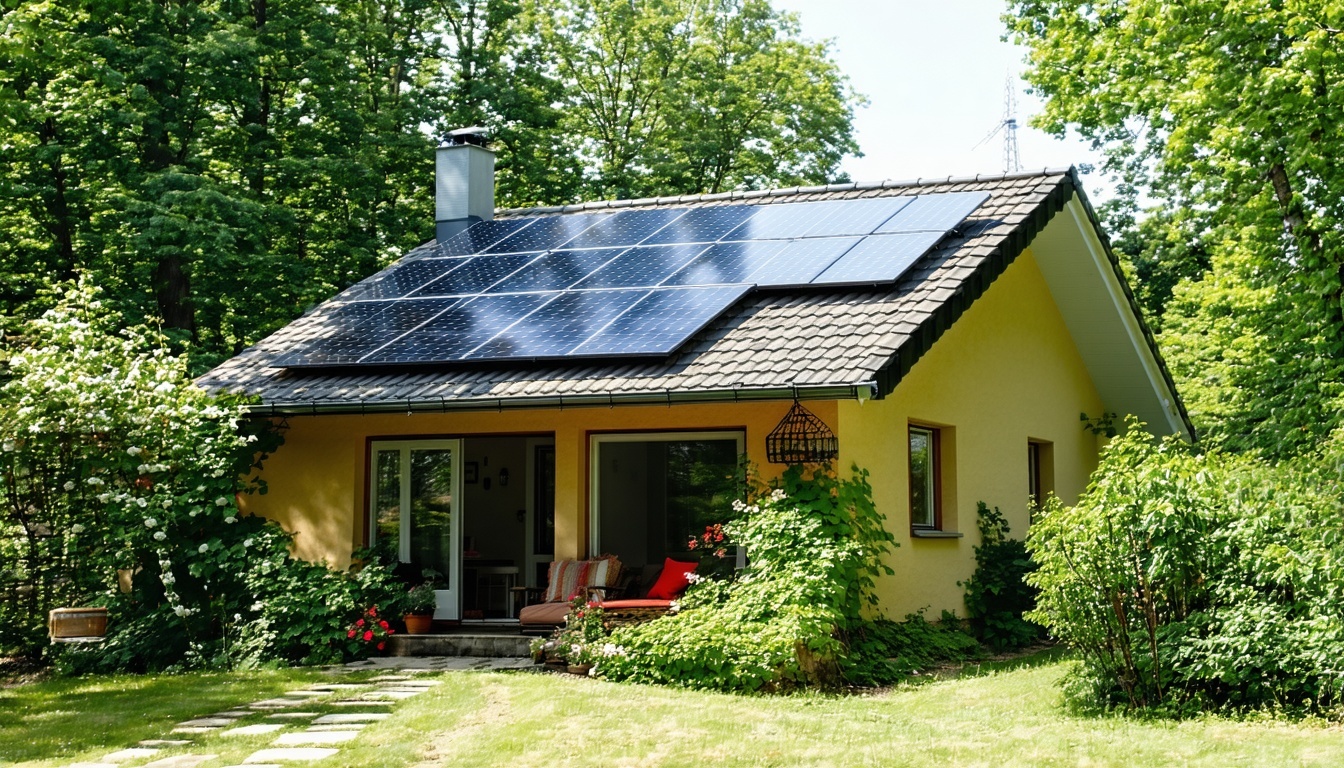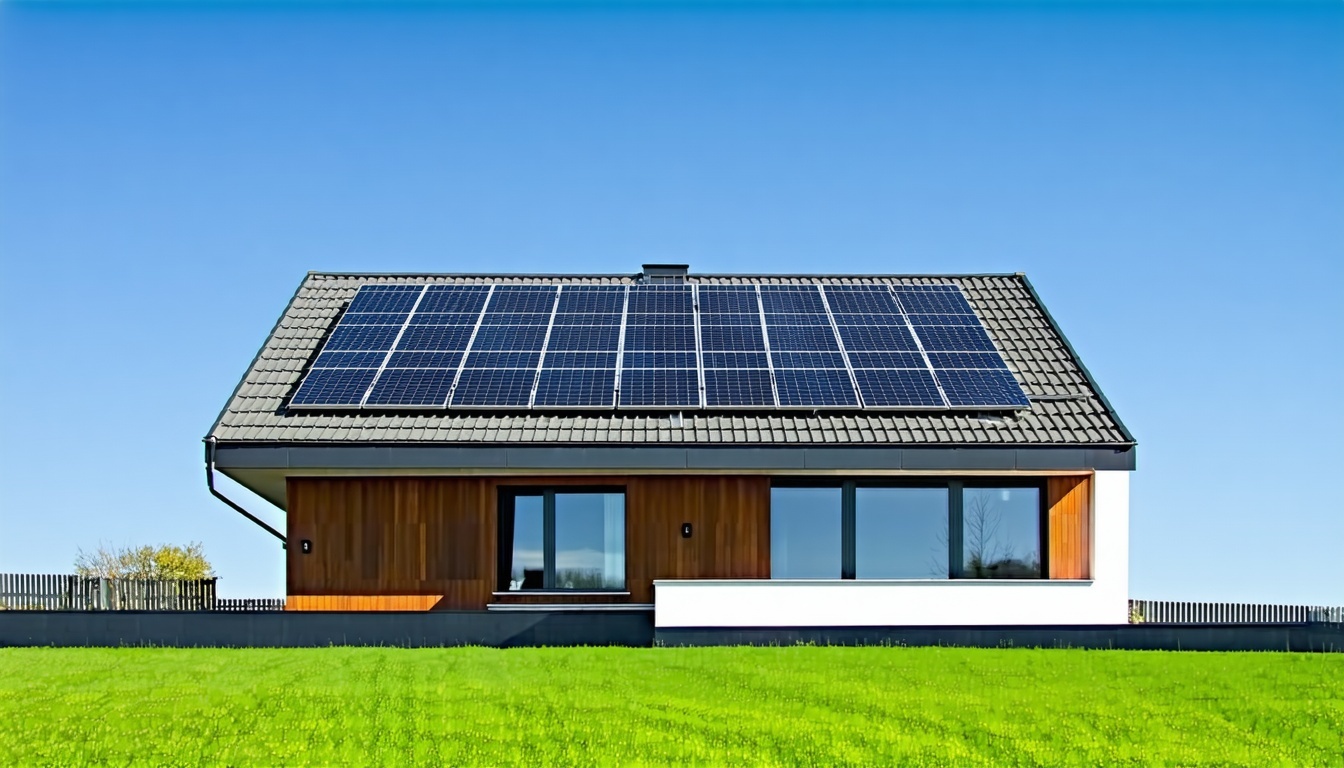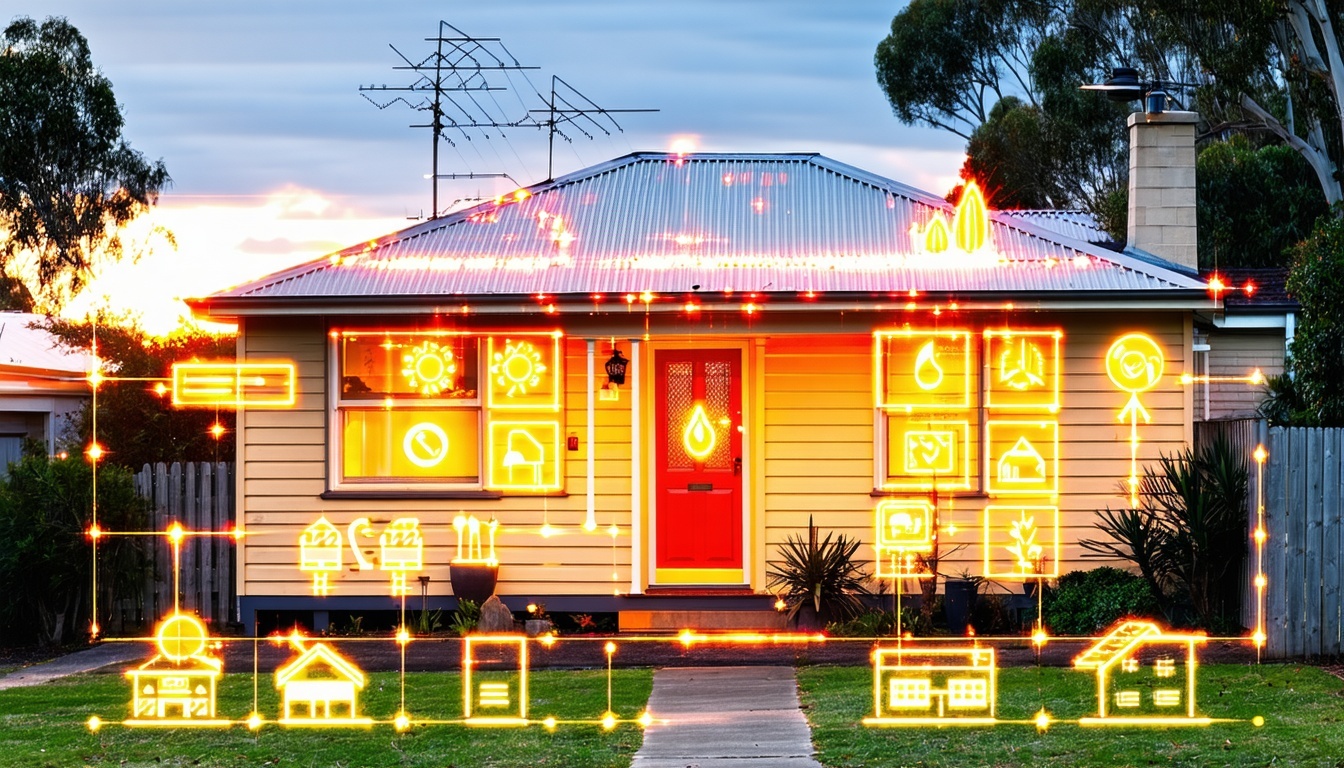Discover how to transform your existing home into an energy-efficient haven with these top upgrades, reducing your energy bills and environmental footprint.
The Importance of Energy Efficiency in Existing Homes
Improving the energy efficiency of existing homes in Australia is crucial for several compelling reasons. Firstly, many Australian homes were built before modern energy standards were implemented, meaning they lack the advanced insulation, windows, and heating systems found in newer constructions. By upgrading these older homes, homeowners can significantly lower their energy bills, enhance their living comfort, and contribute to environmental sustainability.
In addition to financial savings, energy efficiency upgrades can reduce a home's carbon footprint, supporting Australia’s broader goals for reducing greenhouse gas emissions. Furthermore, with rising energy costs, the return on investment for these upgrades becomes increasingly attractive. By focusing on energy efficiency, homeowners can also increase the value of their property, making it a wise investment for the future.
Insulation: The Foundation of an Energy-Efficient Home
Insulation is one of the most effective ways to improve the energy efficiency of an existing home. Proper insulation in the ceiling, walls, and underfloor areas can prevent heat loss during winter and keep the home cooler in summer. This means less reliance on heating and cooling systems, leading to substantial energy savings.
In Australia, insulation should comply with the Australian Standard AS/NZS 4859.1. Check for rebates available through state and federal programs, which can help offset the cost of insulation upgrades. High-quality insulation can pay for itself over time by reducing energy bills and increasing home comfort.
Modern Windows and Doors: Seal the Deal on Energy Savings
Upgrading to double glazing or energy-efficient windows can drastically reduce heat transfer, maintaining a more stable indoor temperature. Similarly, modern, well-sealed doors can prevent draughts and leaks, enhancing the overall energy efficiency of the home.
Australian Standard AS 2047 sets the requirements for windows and external glazed doors, ensuring they meet the necessary energy performance criteria. Some states offer rebates for window upgrades, making it a cost-effective way to improve energy efficiency.
Smart Technology: The Future of Home Energy Management
Smart thermostats and home automation systems can optimise heating and cooling, ensuring that energy is used efficiently. These devices can learn your schedule and adjust temperatures accordingly, providing comfort when you need it and saving energy when you don't.
Investing in smart technology not only reduces energy consumption but also provides greater control over home environments. Systems such as these often qualify for rebates under various energy efficiency programs, making them an attractive option for homeowners.
Government Incentives and Assessments: Your Path to Affordable Upgrades
Starting with a professional home energy assessment, such as a NatHERS assessment, is a strategic way to identify the most cost-effective upgrades for your property. These assessments can pinpoint areas where improvements will have the greatest impact on energy efficiency.
Government incentives and rebates can significantly reduce the cost of these upgrades. Programs vary by state, but many offer financial support for a range of improvements, from insulation and windows to solar panels and energy-efficient appliances. Taking advantage of these incentives can make your energy efficiency upgrades more affordable and accessible.







